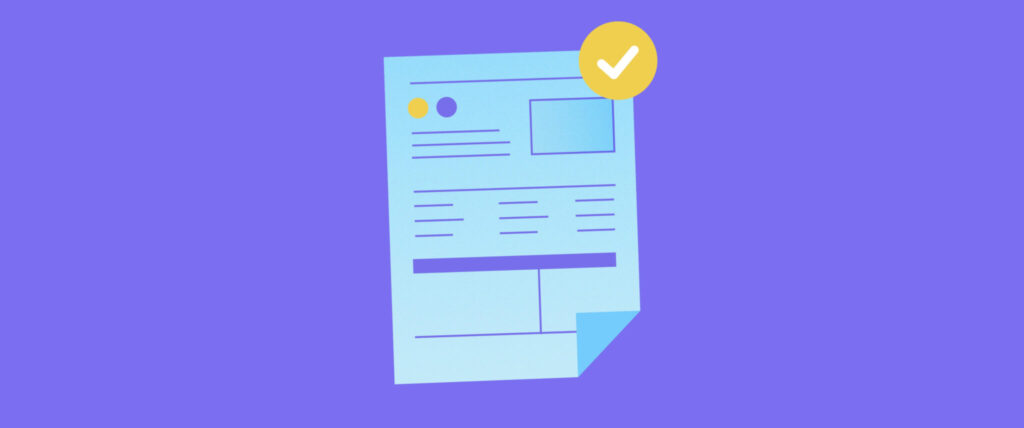Not only is the US labor market dynamically evolving but also racially, gender, age, and culturally diversifying. It is possible for large business organizations to achieve a competitive edge due to the aspect that it boosts innovation, workers’ morale, and also allows them to obtain a customer base.
Diversity is not just about representation – it is creating an organisational culture through and within which everyone is respected, valued, and empowered. Organisations which integrate DEI into organisational culture construct organisational performance, employee engagement, and organisational reputation.
What is diversity?
Diversity is the state of having variations within an environment or amongst population groups. Workplace diversity is the presence of different identities, perspectives, and lifestyles in individuals and which they bring into a workplace environment.
Diversity extends beyond the most obvious categories. Here are additional, less visible dimensions of diversity:
- Socioeconomic status
- The diversification of education and modes of thinking
- Disability (not visible)
- Sexual orientation
Dimensions of diversity
The modern workplace involves multiple layers of diversity. These aspects influence how inclusive and effective a workplace culture can be:
- The racial and ethnic diversities are the underrepresentation and inclusiveness.
- Gender parity is the motivation behind the potential of every man and woman being given an equal opportunity.
- Multigeneration workplace is to transfer knowledge, and accessibility is to include the disabled.
- Support to the LGBTQ+ employee is to include and to keep the workplace safe, and respect for religion is to include the workplace.
- Socioeconomic diversities of the different employees provide different viewpoints, as well as flexibility, and educational diversities provide different skills, as well as analytical minds.
What is diversity in the workplace?
Workplace diversity is the hiring of people who are different from one another in backgrounds, experiences, and perspectives. Diversity is not about numbers—a matter of creating inclusion, equity, and respect for business culture.
The key to representation is diversity. Inclusion also makes the employees feel valued and love their workplace. Opportunity, access, and fairness all form equity.
Benefits of workforce diversification
Workforce diversity brings measurable advantages to the organization. Here are some of its key benefits:
- More innovation: The innovations are the product of different groups of people, and therefore innovations.
- Better problem-solving: Multiple perspectives are creative and conclusive.
- Better business performance: Ethnically and economically diversified companies are better performers.
- Improved company reputation: DEI dedication is what attracts the top employees and customers.
- Diversification of employees: An employee base that is diversified can speak to and engage diversified customers better.
- Higher employee motivation: Diversity is associated with more motivated, satisfied employees.
- Low turnover: Workers will remain in an organization for a long time if their needs are satisfied.
Issues of workplace diversity
Diversity challenges can create friction if not addressed. Below are common issues that arise:
- Unconscious bias: The managers themselves may hold unconscious bias towards certain backgrounds.
- Implicit bias: The stereotypes are affecting the working relationship without you knowing.
- Micro-aggressive conduct, unconscious bias, or otherwise harmless communication contaminates the work environment.
- Bias and stereotyping: Opportunity bias and promotion bias reduce the potential for equal employment.
- Communication barriers: Language, and indeed cultural, confusion is an option
- Resistance from employees: There is resistance from employees.
These problems must be confronted by HR with the help of diversity policies, leadership, and training.
How HR helps with diversity
HR plays a strategic role in driving diversity through structured practices. Here are key HR-led initiatives:
- Developing DEI plans: HR performs the management of action plans regarding diversity.
- Inclusive hiring and recruitment: HR ensures equitable hiring.
- Diversity training: Respect for Employees and Bias Training
- Bias awareness: Training employees to recognize and overcome implicit bias.
- Formulation of fair policies: HR ensures the organization has fair policies for all the members
- Performance management: Creating fair assessment and development procedures
- Employee resource groups (ERGs) are affinity groups for underrepresented employees
- Diversity metrics monitoring: Monitoring hiring, retention, and representation rates
- Complaints of discrimination: Dealing with workplace harassment and discrimination
Creating an inclusive workplace culture
Inclusive cultures require conscious effort. Here are core elements that build inclusivity:
- Priority-setting and role-modeling by managers are essential in achieving leadership commitment.
- Open communication: Encouraging healthy dialogue about diversity and equity.
- Respect and compassion: Creating an organization where everyone feels at home
- Allyship: Encourage the employees to speak on behalf of less represented peers
- Accountability: Teams and leaders are held accountable to meet the targets of diversity
Legal Aspects Regarding Diversity
Diversity practices are backed by legal frameworks that protect rights and promote fairness:
- Equal Employment Opportunity (EEO): Established race, sex, age, disability, and religion as grounds for illegal hiring
- Affirmative action: Equal-hire and promote against race, sex, and national origins
- Discrimination laws: Prevents the workers from discriminatory treatment, harassment, and unequal treatment
Not an ethical requirement but an unequivocal business requirement to innovate, excel, and keep the employees engaged.
Workforce diversity is no longer a side conversation — it’s one of the key drivers of business performance and innovation. The presence of varied perspectives across teams tends to spark better problem-solving, sharper thinking, and often, more creative solutions. It’s the kind of dynamic that shows up not just in brainstorming sessions, but in bottom-line results.
HR plays a front-line role in making sure that diversity doesn’t just exist on paper. Through clear inclusion policies, relevant training programs, and consistent follow-through, HR creates the framework where diversity can actually function — and flourish. This isn’t just about compliance or branding. It’s about embedding equity and representation into the daily culture of the workplace.
And the impact is real. When teams reflect a mix of backgrounds and voices, employee morale usually goes up — and turnover tends to go down. People stay where they feel seen, respected, and valued. But it’s not diversity alone that gets them there. Inclusion is the part that makes it work. It’s the difference between having a diverse headcount and building a culture where people grow, collaborate, and stick around long enough to make a difference. That’s where HR’s influence really matters — not just in policy, but in the lived experience of the people behind the work.
 EU-en
EU-en  Argentina
Argentina Chile
Chile Colombia
Colombia Ecuador
Ecuador Mexico
Mexico Peru
Peru







